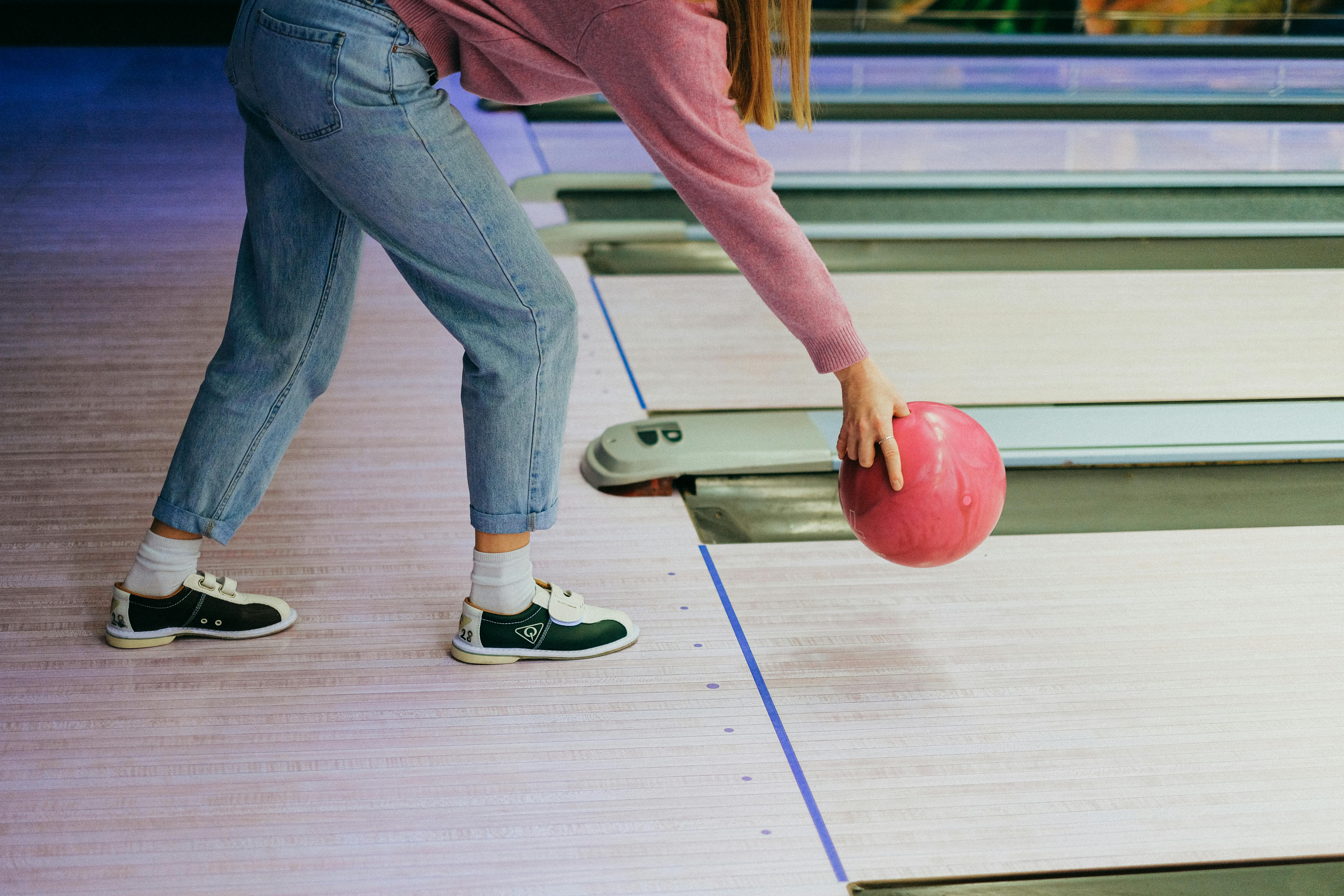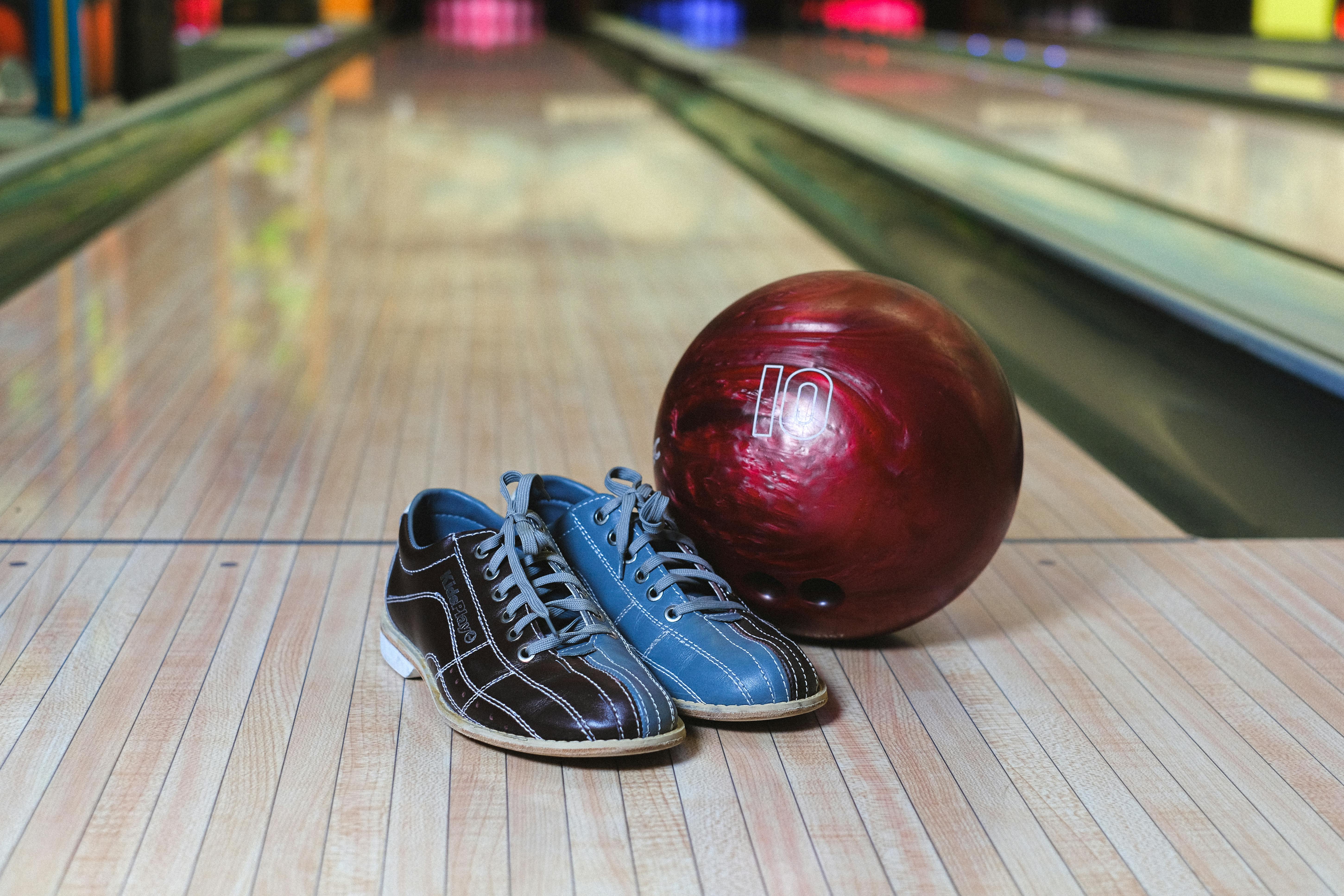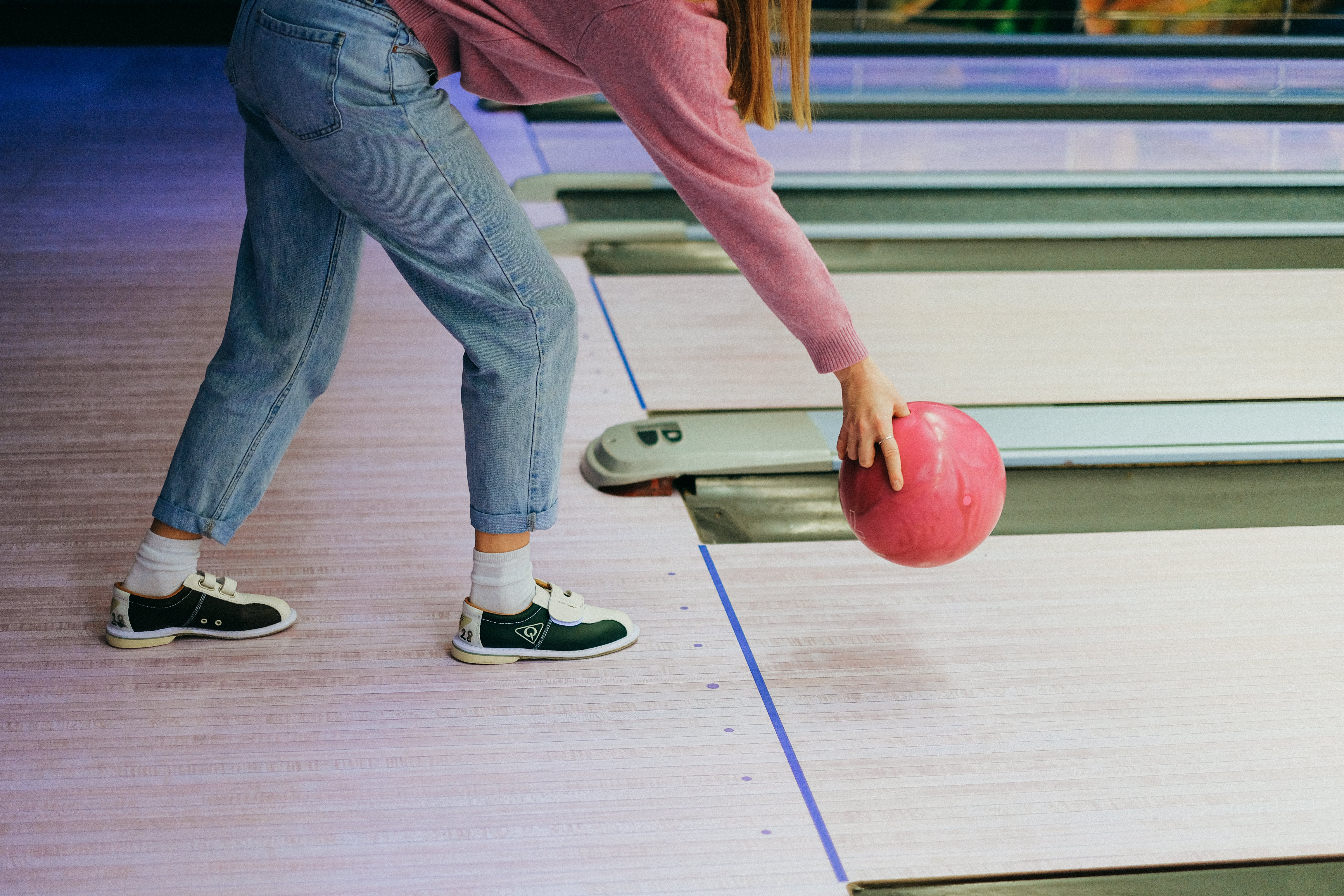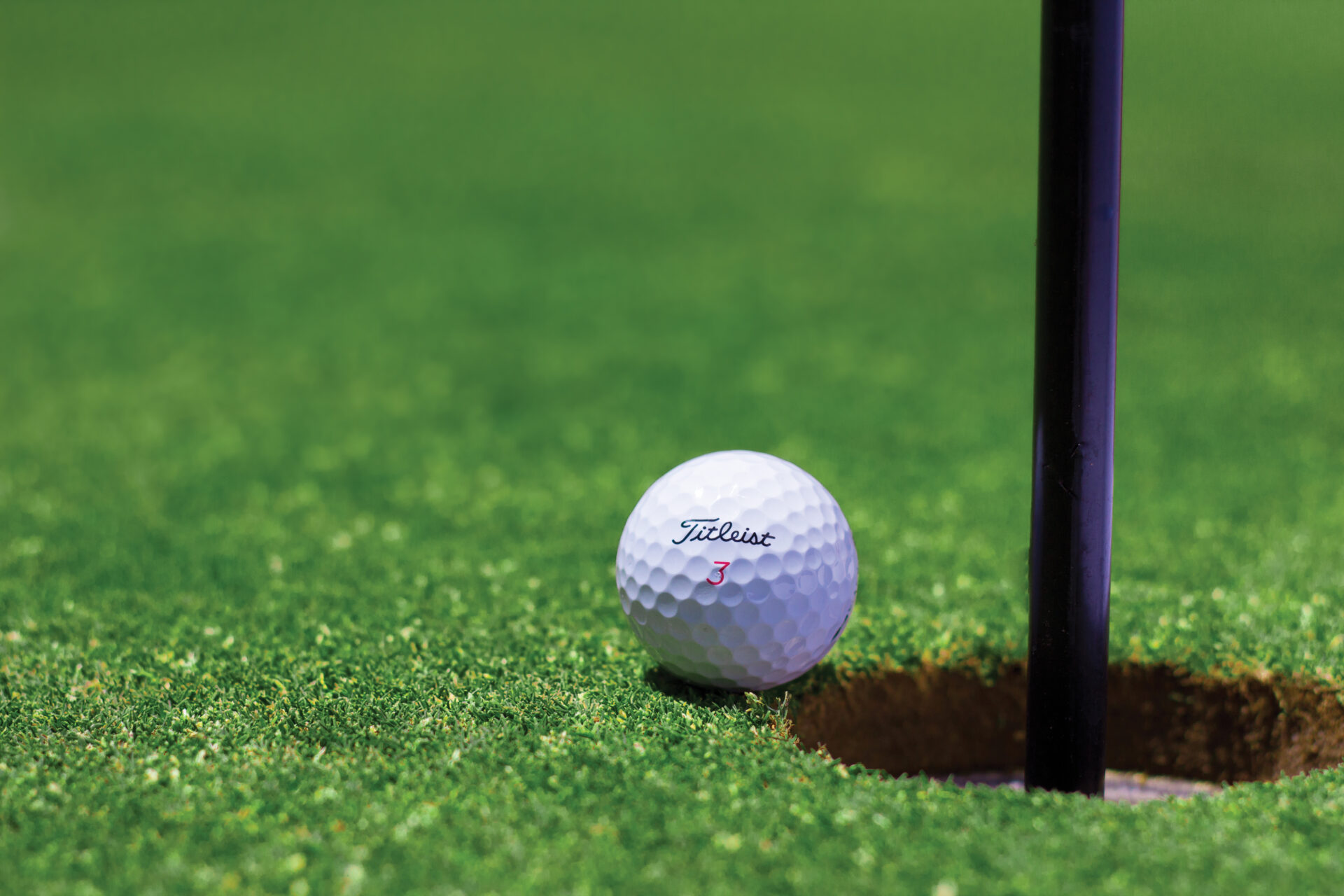Bowling ball hook is an important factor when it comes to improving your bowling game. It’s the ability of a ball to turn in the lane as it travels down the lane. The more a ball hooks, the more likely you are to knock down all ten pins. However, not all balls-made-of/” title=”What Is Bowling Balls Made Of”>bowling balls hook the same amount. Different bowling balls have different hook factors, depending on their core shape and coverstock. In this article, we’ll discuss what bowling ball hooks the most and how you can choose the right one for your game.The bowling ball that hooks the most is a urethane bowling ball. Urethane bowling balls are known for their hook potential, as they have a higher coefficient of friction than other materials and are able to grip the lane surface better. Urethane bowling balls also tend to have stronger core designs, which helps increase the amount of hook they generate.
Factors Affecting Hook Potential of a Bowling Ball
The hook potential of a bowling ball is determined by a variety of factors, including the type of coverstock, surface finish, drilling layout and layout angle. The coverstock is the outer layer of the bowling ball and is composed of polyester, urethane or reactive resin. Each type of coverstock has its own characteristics in terms of hook potential and length on the lane. Surface finish refers to the texture applied to the coverstock which also affects hook potential. A smoother surface finish will produce less hook on a bowling ball than a rougher finish.
The drilling layout and angle are also important factors in determining hook potential. The layout is the position in which holes are drilled into the bowling ball to accommodate finger placement and thumb insertion. The angle at which the holes are drilled can also affect how much hook potential a bowling ball has. Generally, if the angle is more horizontal, it will create more hook while a more vertical angle will create less hook.
Lastly, weight block shape plays an important role in determining how much hook potential a bowling ball has. A symmetrical weight block will create very little or no hook while an asymmetrical weight block will create more hook due to its uneven distribution of mass around the circumference of the bowling ball.
In conclusion, there are many factors that contribute to determining how much hook potential a bowling ball has including coverstock type, surface finish, drilling layout and angle as well as weight block shape. Understanding these factors can help bowlers choose which type of ball best suits their individual style of play for maximum performance on the lanes.
Understanding Different Types of Bowling Balls
Bowling is an enjoyable and popular sport played by all ages, and it is important to understand the different types of bowling balls that are available. There are two main categories of bowling balls: those made of solid and reactive resin materials. Solid bowling balls have a rubber core surrounded by a hard plastic coverstock, while reactive resin bowling balls use a combination of rubber and resin to provide more spin and hook potential.
Solid bowling balls are generally more durable than reactive resin balls, making them a great option for beginners or casual bowlers. They provide good control, but they don’t provide as much hook potential as reactive resin balls. Reactive resin bowling balls are designed to create more friction on the lane surface, which helps them hook more sharply than solid bowling balls. This makes them great for advanced bowlers who want maximum control over their shots.
In addition to the two main categories of bowling ball materials, there are also hybrid bowling balls that combine elements from both types of materials. Hybrid bowling balls can provide good control with added hook potential, making them a great choice for bowlers who want to customize their game style.
Finally, there are also specialty bowling ball coverstocks designed for specific lane conditions or styles of play. These can include polished plastic coverstocks for dry lanes or sanded finishes for wetter lanes. Specialty coverstocks can help bowlers adjust their game according to the lane surface conditions and their own personal preferences.
No matter which type of bowler you are or what kind of lane conditions you encounter, understanding the different types of bowling ball materials can help you get the most out of your game. With some practice and experimentation, you’ll soon find the perfect ball for your style!
How Coverstocks Impact Hook Potential
When it comes to bowling, the coverstock is one of the most important components. It is the outer layer of a bowling ball and has a direct impact on how the ball will hook and react to the lane. Different types of coverstocks can be used for different purposes, allowing bowlers to customize their bowling balls depending on their needs.
There are three types of coverstocks that are commonly used in bowling: plastic, urethane, and reactive resin. Plastic coverstocks are made up of polyester and have less friction than other coverstocks. They tend to be more durable and are less likely to pick up oil from the lane. Urethane coverstocks provide more friction than plastic, but still not as much as reactive resin. They provide a good balance between control and hook potential for bowlers looking for an all-around performance ball.
Reactive resin coverstocks offer the most hook potential out of all three types. These coverstocks are made with particle additives that increase friction when they come into contact with lane oil, allowing them to turn sharply when they hit the pins. Reactive resin balls also have a stronger backend reaction than plastic or urethane balls, so they can be useful when playing on tougher lanes or oil patterns.
The type of coverstock you choose will depend on your individual needs as a bowler. Plastic and urethane balls provide more control while reactive resin offers more hook potential and backend reaction. Knowing how each type of coverstock affects your performance can help you make an informed decision when selecting a bowling ball for your game.
How Weight Blocks and Drilling Patterns Impact Hook Potential
The way a bowling ball is manufactured has a direct influence on its hook potential. Many bowlers have experienced dramatic changes in hook potential based on the weight block layout and drilling pattern of their ball. The weight block layout and drilling pattern can be adjusted to make it easier for the bowler to generate more hook.
The weight block is the core of the bowling ball, which is made up of a symmetrical or asymmetrical weight block. Symmetrical weight blocks are designed to create equal amounts of energy transfer from both sides, which helps maintain ball motion in the middle part of the lane. Asymmetrical weight blocks create more energy on one side than the other, resulting in greater hook potential at the end of the lane.
The drilling pattern also affects how much hook potential a bowling ball can generate. The deeper holes in a drilling pattern will create more friction between the ball and lane surface, resulting in more hook potential at the end of the lane. Shallow holes will provide less friction, resulting in less overall hook potential.
In addition to weight block layout and drilling pattern, coverstock also plays an important role in influencing how much hook potential a bowling ball can generate. Coverstocks are available in different levels of aggressiveness, from reactive resin and solid reactive to urethane and particle coverstocks that provide varying degrees of traction with lane surfaces. Reactive resin coverstocks create maximum traction while urethane coverstocks provide minimal traction.
Overall, when selecting a bowling ball, it is important to consider how much hook potential you want and adjust your weight block layout and drilling pattern accordingly to get that desired result. Additionally, choosing an appropriate coverstock can help you get even more out of your bowling ball’s hook potential. By understanding how weight blocks, drilling patterns, and coverstocks affect how much hook potential your bowling ball can generate, you will be able to select a ball that suits your style and allows you to maximize your performance on the lanes.

Differentiating Between High-Hook and Low-Hook Bowling Balls
Bowling balls are an essential piece of equipment for any bowler. Selecting the appropriate ball is critical to improve your scores and raise your game to the next level. One of the most important factors when choosing a bowling ball is whether you need a high-hook or low-hook ball.
High-hook bowling balls are designed to have a stronger reaction on the lane when it encounters friction. This will cause the ball to have more hooking action, making it easier for bowlers with slower speeds to make more turns on their shots. Low-hook bowling balls, on the other hand, are designed for bowlers who have higher speeds and prefer less hooking action in their shots.
The type of coverstock used on a bowling ball can also affect its hook potential. Some coverstocks will absorb oil better than others, which can reduce the amount of hook potential in a ball. Conversely, some coverstocks are designed to be more aggressive and generate more hook potential when they encounter oil on the lane.
The drilling pattern used in a bowling ball can also affect its hook potential. Drilling patterns that use deeper finger holes and wider span will result in higher hook potential while drilling patterns that use shallow finger holes and narrower span will result in lower hook potential.
Finally, the weight of the bowling ball can also affect its hook potential. Heavier bowling balls tend to have more inertia and will generate higher levels of friction on the lane, resulting in increased hook potential compared to lighter weight balls. Lighter weight balls tend to slide through oil easier and generate lower levels of friction, resulting in less overall hook potential compared to heavier weight balls.
By understanding how various factors such as coverstock, drilling pattern, weight, and oil absorption affect a bowling ball’s hook potential you can easily differentiate between high-hook and low-hook bowling balls and determine which one best suits your style of play.
Identifying High-Hook Bowling Balls for Different Styles of Play
High-hook bowling balls are specially designed to help bowlers increase their scores and improve their performance. These balls feature a unique core design that helps them hook more sharply when they hit the pins. This increased hooking action helps to give the bowler more control over the ball’s trajectory, allowing them to hit their target pins more consistently. With the right high-hook bowling ball, bowlers can greatly improve their accuracy and maximize their scores.
However, not all high-hook bowling balls are created equal. Different styles of play require different types of balls, and it is important for bowlers to choose the right one for their style. Bowlers who prefer a power style of play will need a ball that has a higher RG rating, while those who prefer a control-style game should look for a ball with lower RG ratings. For those who like to combine both power and control into their game, there are hybrid high-hook bowling balls that offer both features in one package.
In addition to RG ratings, it is also important to consider coverstocks when selecting a high-hook bowling ball. Coverstocks provide the friction necessary for a ball to hook sharply, so it is important to choose one that will provide the desired amount of hooking action. Bowlers looking for more aggressive hooking should choose a coverstock that has more friction than one looking for less aggressive action.
Finally, it is important to consider weight when selecting a high-hook bowling ball. Heavier balls will have more momentum behind them as they move down the lane and can generate more pin action than lighter ones. However, heavier balls may be harder to control than lighter ones, so bowlers should select one that best fits their needs and skill level.
Overall, there are many factors to consider when choosing a high-hook bowling ball for different styles of play. By understanding how each factor affects performance and selecting the right combination for your own preferences and skillset, you can maximize your scoring potential and find greater success on the lanes!
Choosing the Right High-Hook Bowling Ball for Your Game
When it comes to finding the right high-hook bowling ball for your game, there are several factors to consider. The most important factor to consider is the hook potential of the ball. This will determine how much spin and hook you can get out of your shots. You should also consider the coverstock material and weight block of the ball as these will affect how it reacts on different lane surfaces. Additionally, you should keep in mind your personal style of play and skill level when selecting a bowling ball.
The hook potential of a high-hook bowling ball is determined by its core design and its coverstock material. The core design affects how quickly the ball will rotate down the lane while the coverstock material affects how much spin and hook you can generate on your shots. Generally, urethane or reactive resin coverstocks provide more hook than plastic or particle coverstocks. Additionally, a higher RG (Radius of Gyration) creates more angular motion while a lower RG creates less angular motion when striking pins.
The weight block of a high-hook bowling ball also affects its performance on different lane surfaces. A symmetrical weight block provides more control on dry lanes while an asymmetrical weight block provides more hook potential on oily lanes. Additionally, a higher differential creates more track flare which increases traction through heavy oil while a lower differential reduces track flare which helps with skid length on dry conditions.
Finally, personal style of play and skill level should be taken into consideration when selecting a bowling ball. Different styles of play require different types of balls that will best accommodate those needs. For example, an aggressive player may want to choose a high-performance reactive resin ball that provides maximum hook while a control player may want to choose a plastic or particle coverstock for straighter shots. Furthermore, players with different skill levels may benefit from using different types of balls depending on their experience level.
In conclusion, choosing the right high-hook bowling ball for your game requires careful consideration of several factors such as hook potential, coverstock material and weight block as well as personal style and skill level. Taking all these factors into account will help ensure that you select the best possible bowling ball for your game.

Conclusion
The right bowling ball for you depends on your experience level, bowling style, and drilling technique. If you are an experienced bowler, a strong ball with a high hook potential will likely work best. However, if you are just starting out or want to experiment with different bowling styles, a lower hook potential ball may be the way to go.
No matter what ball you choose, practice is key. The more time you spend on the lanes, the better feel you’ll have for what type of ball best suits your bowling style and technique. By experimenting and trying different balls, you’ll eventually find one that hooks the most for you.
In conclusion, there is no single bowling ball that hooks the most for everyone. The best way to find out which one works best for you is to experiment and try out different balls until you find the one that gets the most hook on your shots. With practice and experimentation, it won’t be long before you find a great option that fits your game perfectly!




